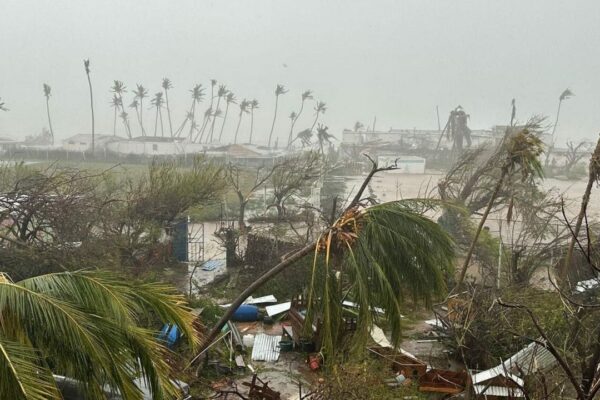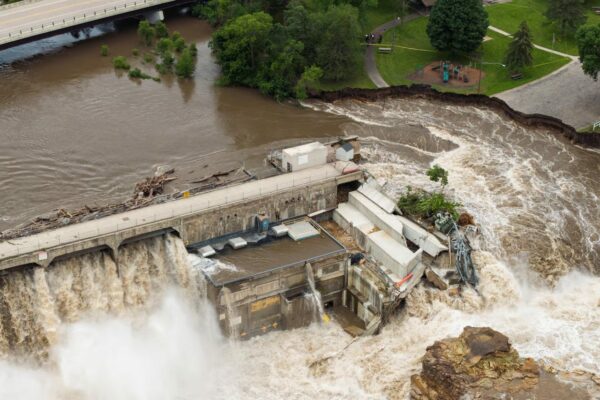Herbivorous Animals Can Help Combat Climate Change And Soil Conservation
Clear impact on stability and soil carbon pool size
Soil restoration and conservation are very important. As per the latest research done by a few scientists at the Indian Institute of Science, Bengaluru, large herbivorous animals like Ibex and Yak and Asian elephant play a vital role in maintaining the soil carbon in grazing ecosystems.
By protecting the herbivores who indirectly stabilize the soil carbon, eventually climate change can be avoided. Interestingly, the grazing ecosystems account for as much as 40% of Earth’s land surface. The study done by scientists has been published in the Proceedings of the National Academy of Sciences.
According to the researchers, herbivorous animals have a very important impact on stability and soil carbon pool size. They also play an important role in decarbonization which comes as a result of grazing ecosystems. They point out the fact that the extinction of herbivorous animals at the local level can adversely affect soil organic carbon and also the availability of nitrogen in the soil.
This is true because when soil organic carbon decomposes, it leads to releasing of nutrients into the soil which also includes nitrogen which is crucial for soil fertility. It simply indicates that an increase in soil organic carbon makes it nitrogen-rich.
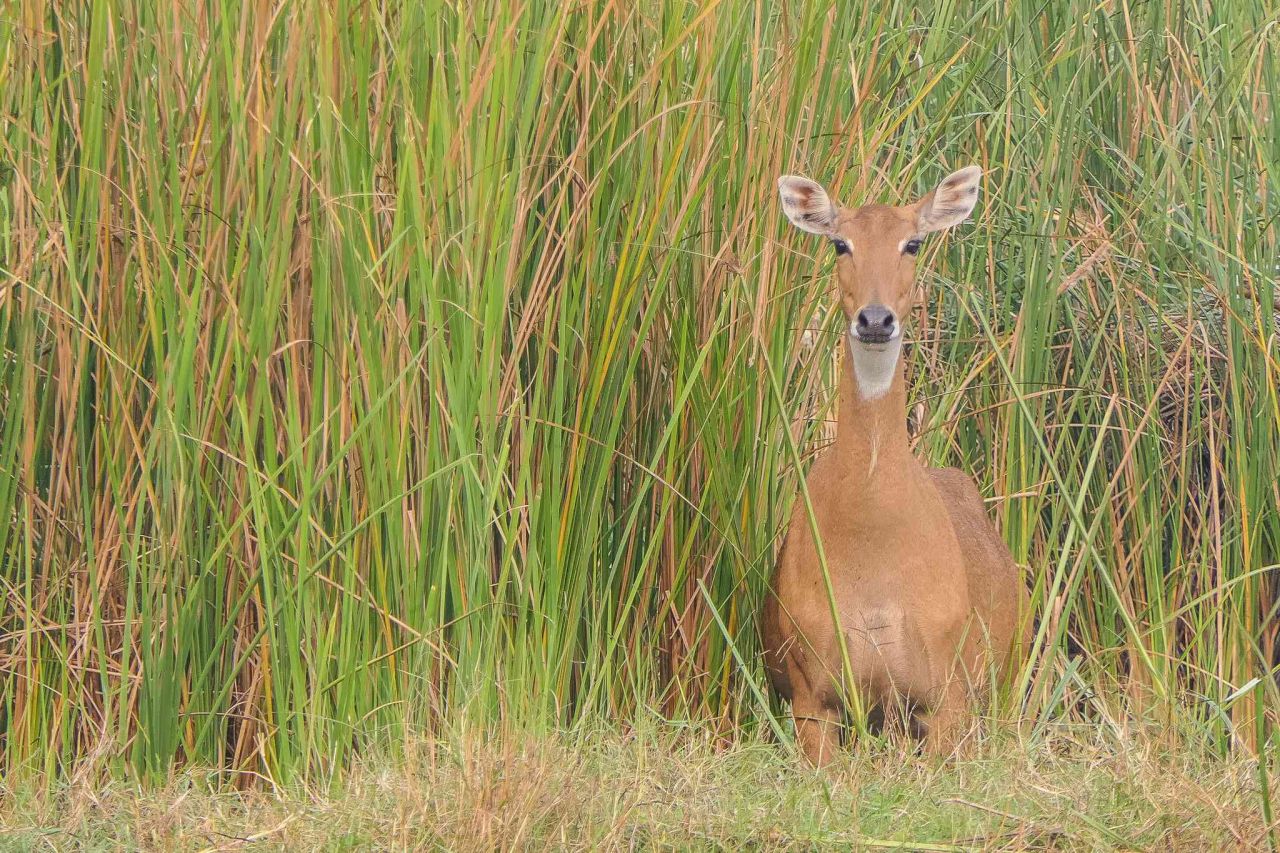
Image: Bubo Birding
In order to facilitate natural climate solutions, it is important to conserve large herbivorous animals because their activity helps increase soil organic carbon content. Reduction in the number of herbivores leads to less grazing and therefore loss in soil carbon. The study revolves around knowing the process and thus deriving a potential solution for the problem.
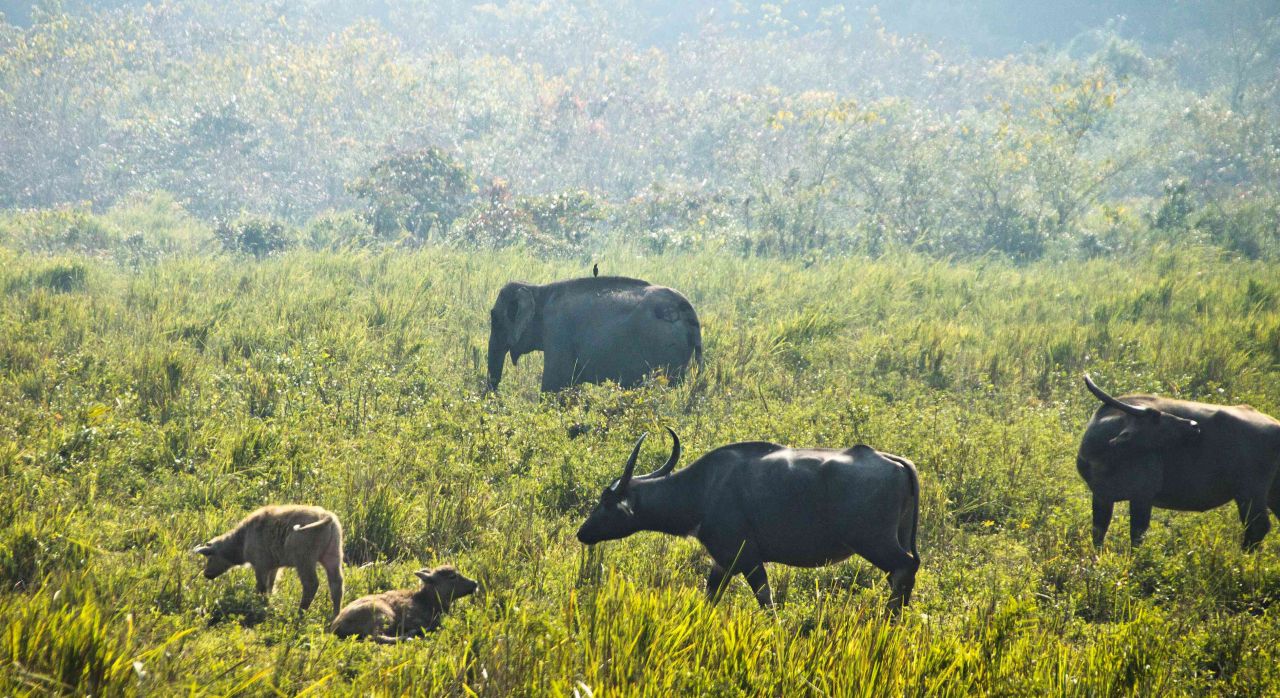
Image: Scroll
The grazing activity by large herbivorous animals is a natural climate solution and thus their conservation means restoring soil carbon and nitrogen cycles. There is another study on similar lines which has been done by Jeppe Kristensen, who is a researcher at the Environmental Change Institute at the University of Oxford.
In their research, they focused on the relationship between herbivorous animals and the existence of carbon at the ecosystem level. The same team submitted a report in February 2022 which highlighted that herbivorous animal help in the restoration of soil carbon pool from the vegetation that grows above the ground.
The grasslands are spread across an area of 52.5 million square km which is about 40.5% of the land surface of the earth. This excludes Antarctica and Greenland. They are known to store 34% of carbon stocks. Climate change is regulated by the metabolic activity of microbes and thus has storage of microbial dead plant matter and organic carbon of soil.
As much as 67% of grasslands around the world are present in arid, semiarid and cold regions. The rest 23% are present in humid regions. Most of the grasslands are sensitive to climate change.
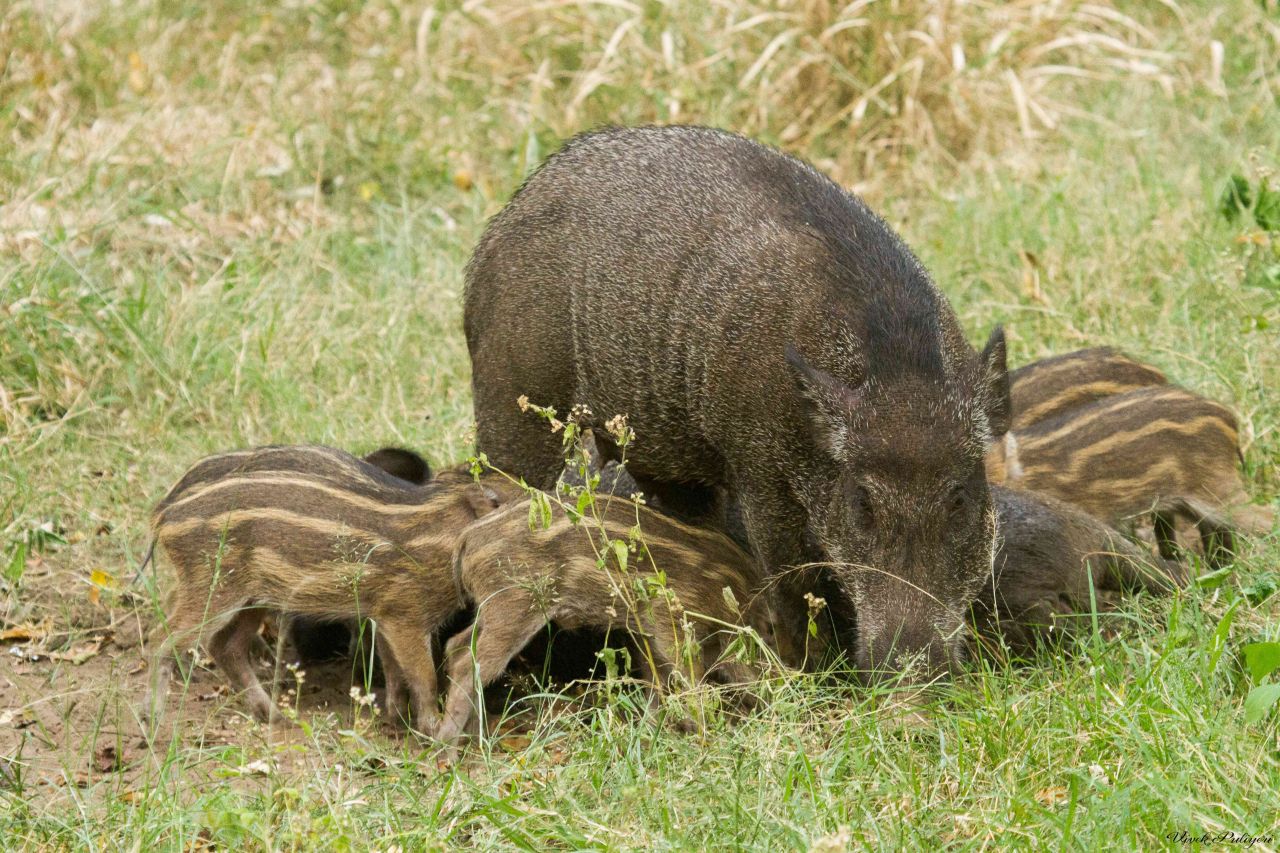
Image: Scroll
There are grasslands that are used for grazing by livestock the frequency of grazing and amount of rest periods impact the carbon storage processes. Too much grazing reduces the above-ground vegetation which thereafter leads to an increase in soil erosion and a lessening of soil carbon. This affects the productivity of the soil.
It is therefore important to have a diversity of herbivorous animals so as to increase the diversity of organic matter. The role played by small herbivorous animals is less known and described. They impact the fertility of the soil in a big way. The smaller species such as moles, earthworms and shrews dig up the soil and make it rich in organic nutrients. Thus, they have a huge impact on soil processes.
Via: Mongabay
